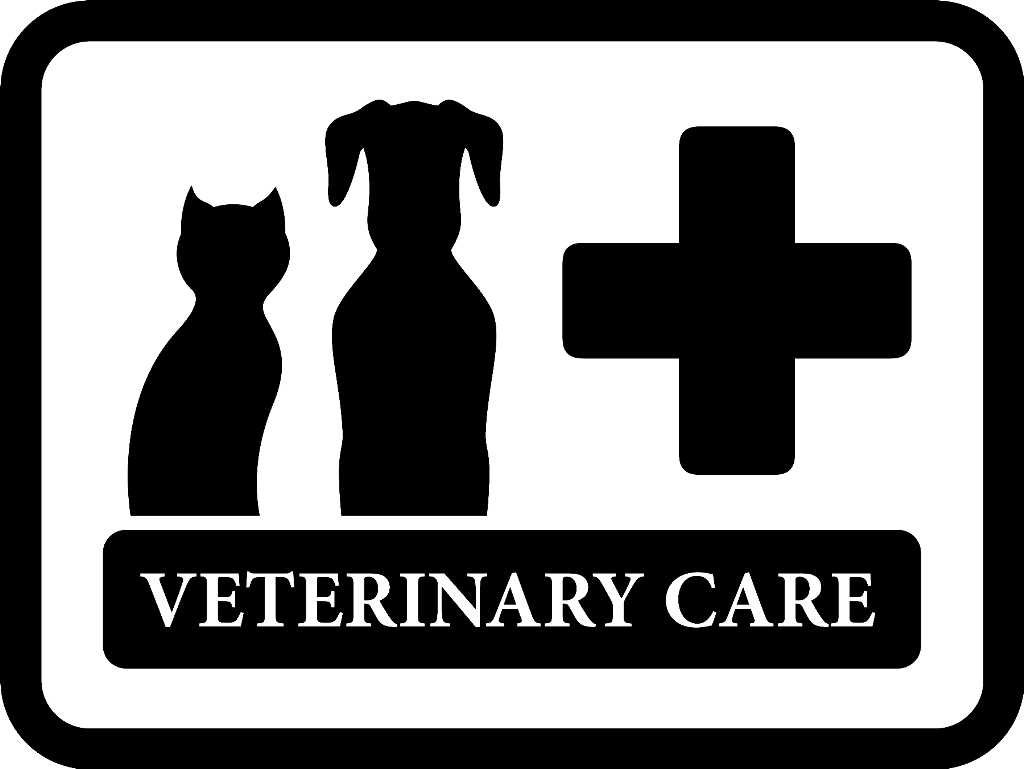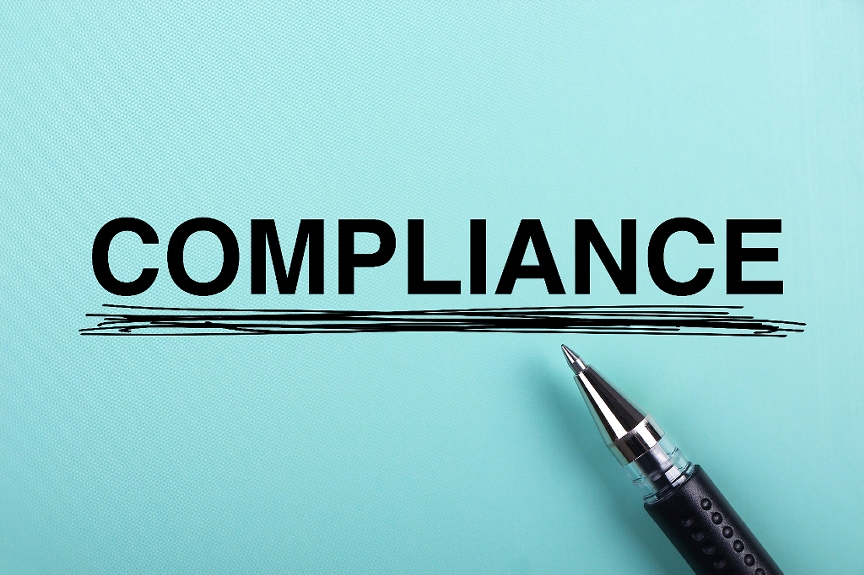Ensuring the Standards of Care and CQI initiatives Stick is a Leadership Essential. Dr. Tom Cat
I was discussing with an old time client about the challenge of staff respecting the Standards of Care (SOC), and implementing the CQI principles at the personal level. When the Joint Commission does a healthcare organization survey, they now ask every member of the staff, including janitorial staff, “What have you done for the CQI effort(s) this month?” In this case, he had hung his SOC on the back door of every consult room, had not updated them, and had not used the WHAT/WHY from leadership, the WHO/HOW from staff, and the WHEN by joint discussion with zone coordinators; so the SOC was likely perceived as only the bosses protocols.
For the Standards of Care, I ask that for each person attending any continuing education program outside the practice, they bring back one new concept for the SOC per day of CE, and they become accountable for a 90-day implementation trial BEFORE any assessment is rendered (including the boss). A few newsletters ago I wrote about the 3 WHYs, and I have mentioned for each SOC line item, the need for WHY and WHAT as the accountability of the leadership, while the WHO and HOW belong to the staff; then zone coordinators meet with the veterinarians to establish a common expectation for the SOC time line, training requirements, starting time, milestones, and measurements of excellence at completion. I’d like to say that the practices I consult with do the second year with the same gusto as the first year when I am holding their feet to the fire, but sadly, the SOCs with each of the funded CE days usually losses its emphasis.
STANDARDS OF CARE = A DYNAMIC DOCUMENT
Some say our profession is doubling in knowledge every 24 months. Others know they are not yet ready for everything I mention when on a consult (usually things like photonic therapy, an active JPS screening program, and/or advanced nurse consultation caseloads).
We build a tailored Transition/Action Plan, a month by month, baby step by baby step, a series of realistic initiatives, with an ability to do it (X), defer it (D – until when) or Waive it (W – no belief in it). Items deferred are re-entered in the appropriate month, so they are never forgotten. With any Transition/Action Plan, there can never be stasis (stasis = death), but the practice can control the pace.
All programs have a WHY and WHAT, and it has to be of benefit to the client, patient, or practice; these are shared by leadership as any now procedure or program is initiated. The WHY/WHAT is the SOC item, while the WHO/HOW are protocols that belong to the zones.
Yes dear friends, improvement is part of a healthcare facility’s mission; the continuous quality improvement initiative makes it everyone’s accountability. To put this is a better perspective, we have posted a 500 page, with 18 appendices, text in the VIN Library:
THE PRACTICE SUCCESS PRESCRIPTION:
TEAM-BASED VETERINARY HEALTHCARE DELIVERY
http://www.vin.com/Proceedings/Proceedings.plx?CID=TomCat2007&O=Generic
with a supporting text that usually excites the nursing staff when going team based:
PROMOTING THE HUMAN-ANIMAL BOND IN VETERINARY PRACTICE
or
BONDING THE CLIENT TO YOUR PRACTICE FOR FUN AND PROFIT (2nd EDITION)
http://www.vin.com/Proceedings/Proceedings.plx?CID=TOMCAT2&O=Generic
Both texts are available for FREE download, which everyone can afford, but maybe afraid to read. Some have tried to “cherry pick” ideas from the team-based text, but sorry to say, without the change in practice culture, they seldom take root. My consultations are often caused by practices that have tried the “cherry picking”, but then decide they needed my help to address the traditional practice culture that has seldom empowered staff members to primary healthcare delivery principles and responsibilities.
This not unlike my downstairs toilet which the water company said was losing water on a continuous basis. I assessed the issue, saw/heard the failure of the float system, went to ACE hardware and bought a new float assembly for self-installation. Upon starting the DIY project, I found I could not turn off the water or disconnect the main float assembly, so I called a plumber. The plumber promptly told me everything was ceased-up due to calcification, and major work was required, including shutting off all water to the house. Then the plumber gave me two options, repair the existing toilet systems for $700, or install a new, modern toilet for only $900. What surprised me he used exactly what I share in speaking engagements:
Tell the client what is needed
Explain the benefits to my household for each alternative
Give them two “yes” options
Validate the client’s decision
Close the sale immediately
My downstairs toilet is now fully operational, water is not running all the time, my water company is now happy with me, and my plumber gave me a membership with his company that also provides FREE maintenance/inspection services down the track as well as a discount on all work done. That is called VALUE ADDED.
Back to veterinary practices – too often we have found improvements launched with the assistance of a consultant fail to stick after the initial enthusiasm has waned. This failure may occur because zone coordinators are not given the tools, systems and support to sustain the improvements and transition from the improvement phase of work to a phase characterized by stable, predictable, operational improvement and a new level of individual and team performance. One of the original authors of improvement science, Joe Juran, referred to this state of stable operations as “quality control”. We have identified a set of management principles, leadership practices, core competencies and mental models that all play a role in generating and sustaining improvement. Juran would say here are key principles to ensure quality control. Let me address them as front-line management systems to ensure quality control and continuous quality improvement (CQI).
Standardize what makes sense! Impactful improvement projects become part of standard work, and standard work exists for all role and all zones with respect to high-priority areas such as safety.
Ensure accountability to standard work by developing systems that promote routine review programs and procedures at every level of the practice. Zone coordinators review execution of standard work functions and outcomes; higher level managers observe and coach coordinators in the support of the zone outcomes.
Introduction of visual management practices, specifically new metrics for new procedures/programs. Key metrics need to be tracked as measures of client satisfaction, patient safety, and team harmony; metrics need to reflect the actual improvements being recognized.
Team members need to have fluency with problem-solving tools. CQI management is a structured way of improving a business. CQI management focuses on using a scientific approach to problem solving, one that creates a learning organization. It is imperative that the focus of the problem solving efforts stays on the process, and not on people. CQI management requires a level of openness about discussing problems that is hard to achieve. If people on the team feel that CQI management is going to get them in trouble, they will be resistant to answering questions candidly.
Escalating challenges/problems beyond the front line staff member. When challenges are noted that cannot be resolved within a zone, staff need clear protocols and methods for escalating challenges/problems to the right level of decision making leadership in a timely manner.
CQI must be integrated into daily operations at all levels. Alignment across the practice zones, and within the organizational hierarchy, must be compatible with goals and objectives of the practice. Organizational behavior must be aligned with standards of work and outcome accountabilities of each zone.
SHAPING TEAM CULTURE: CORE LEADERSHIP BEHAVIORS
Key leadership behaviors are essential is establishing a dynamic CQI program at all levels. These leadership behaviors include:
VISION and WILL – Organizational strategies must directly relate to daily work, and build a client-centered patient advocacy including an emotional will through encouraging both the mind and heart.
MODELING – Leadership and team behaviors need to be modeled in daily activities (see VCI monograph, Leadership Action Planner, with electronic tool kit, available from the VIN Bookstore).
MINDFULNESS – Demonstrate an awareness of what is important and what might fail in daily actions and conversations. Staff project stumbling means they are moving forward into new areas of commitment – celebrate stumbling as “lessons learned”.
TRAIN TO TRUST – Ensure the orientation and training sequences embrace the WHY and WHAT of key programs, protocols and procedures (see VCI monograph, Orientation and Training, with electronic tool kit, available from the VIN Bookstore). End result of the orientation and training is a staff member that is trained to a level of being trusted within their specific zone.
TRANSPARENCY – promote open dialogue to build trust and accountability. Ensure the metrics (and metric trends) are available for any staff member working or addressing practice programs/procedures.
OUTCOME ORIENTATION – ensure the practice culture evolves from traditional veterinary process systems to outcome orientations, based on goals and objectives, with quarterly feedback self-reviews (see VCI monograph, Performance Planning, with electronic tool kit, available from the VIN Bookstore).
BUILDING TEAM CAPABILITIES
Building team capabilities increases the capacity for and rate of improvements and reinforces the expectation that improvement is everyone’s job, every day, and not just for one-off projects. Building team capability encompasses four activities and methods:
STRONG COACHING SKILLS – individual caring and coaching grows the individual staff member’s skills to they can perform their own work accountabilities and improve the work of others and their zone.
OPTIMIZE USE OF ALL STAFF MEMBERS – create work flows that are clear, standardized and waste free that use all members of each zone at their highest level of training and experience.
EFFECTIVE COMMUNICATION – the getting and giving of information (NOT just data) at all levels and within zones, to establish priorities, provide feedback, and ensure successful coordination of patient care and client-centered service.
PROMOTING RESPECT AND ACCOUNTABILITY – respect is essential for personal assessments, intra-zone communications and inter-zone exchanges. Accountability must be for outcomes, not just processes, and embrace the CQI expectations!
It is important to note, assignment of accountability requires commitment of time, tools, coaching, and developmental support, including respect. Without this proactive support, assigning accountability to staff members becomes unreasonable.






